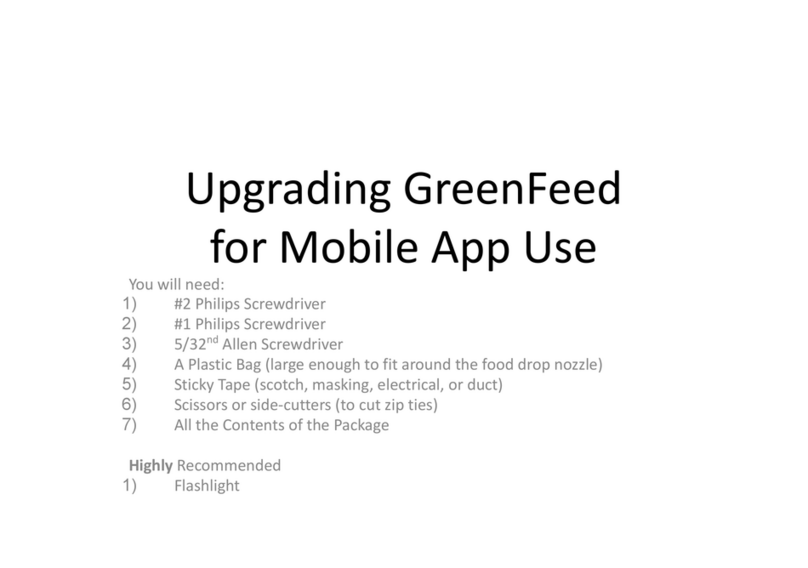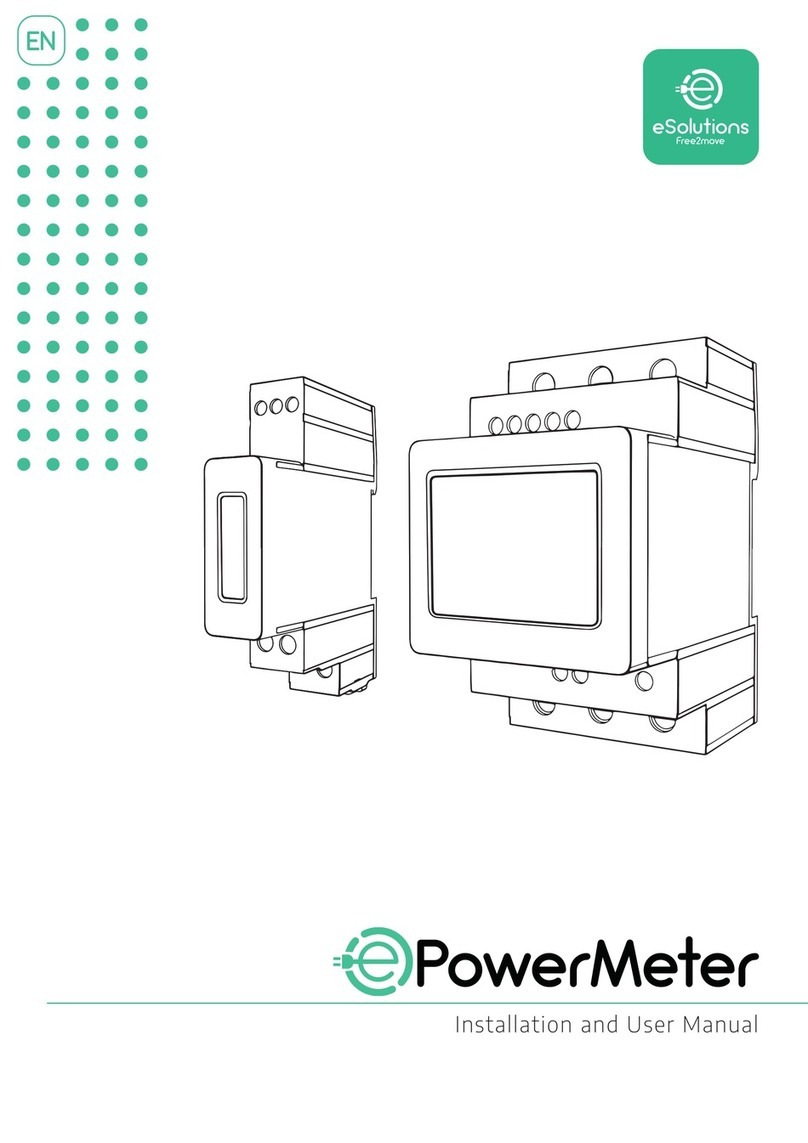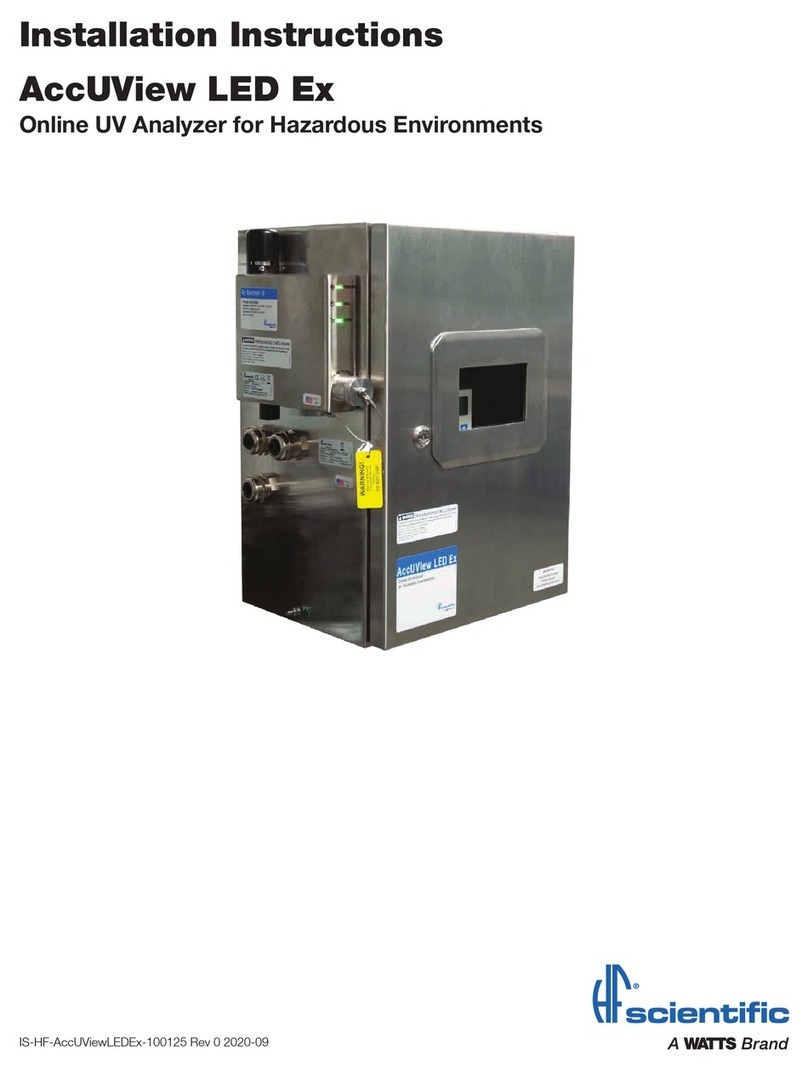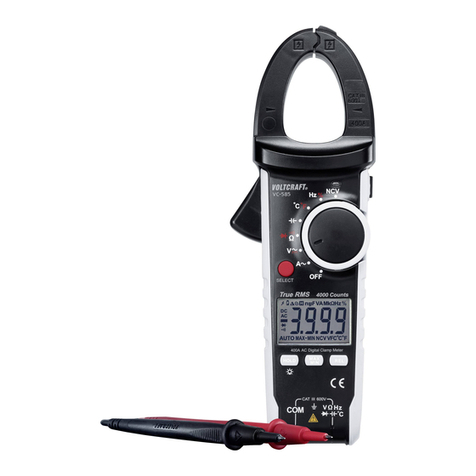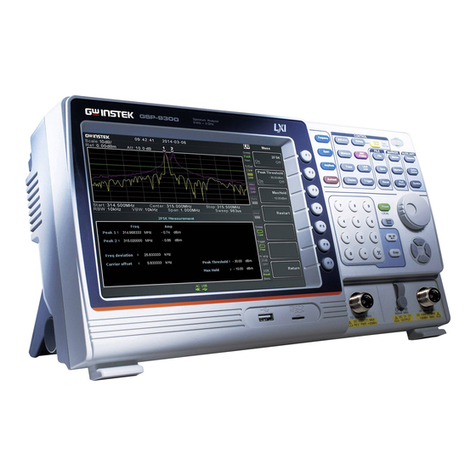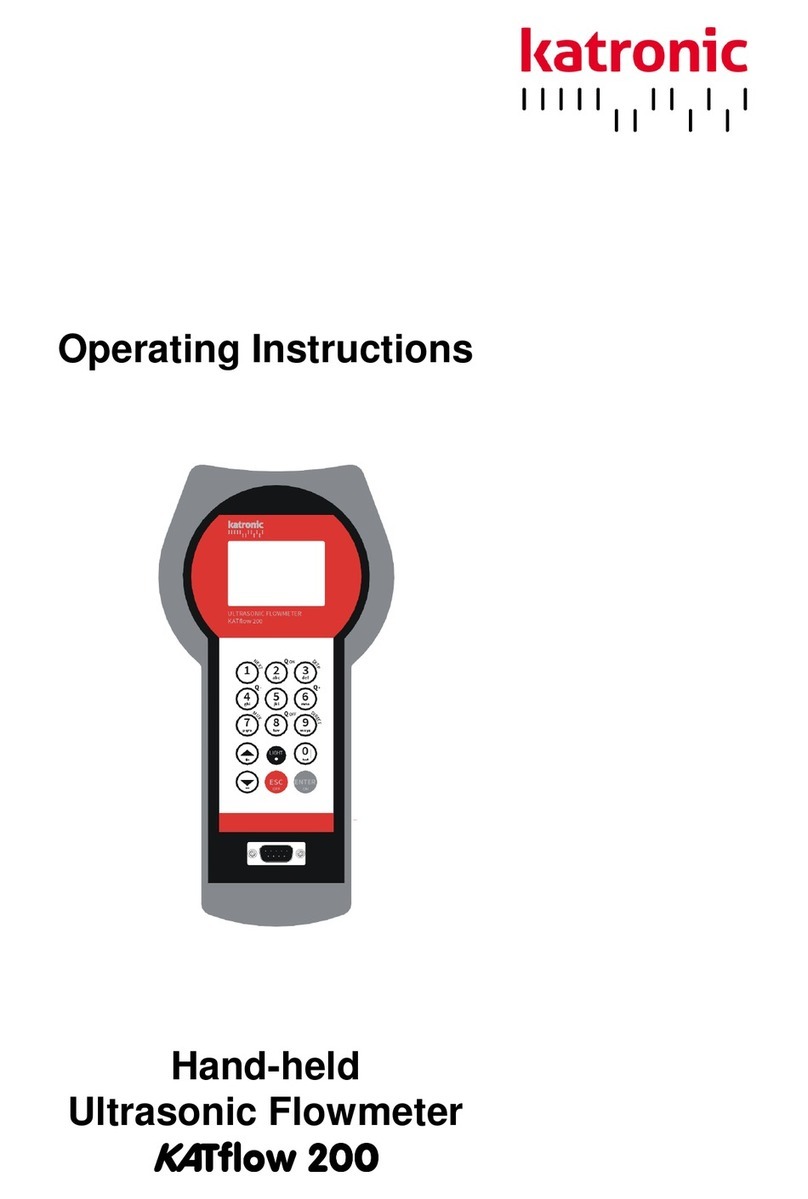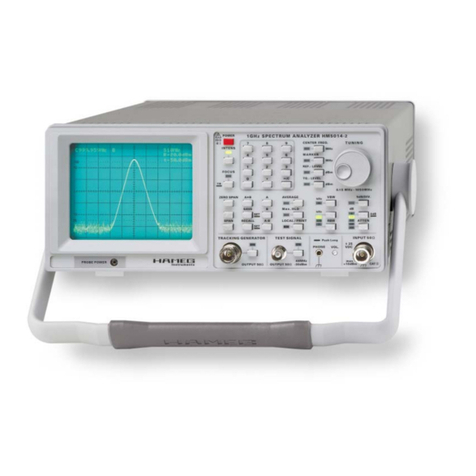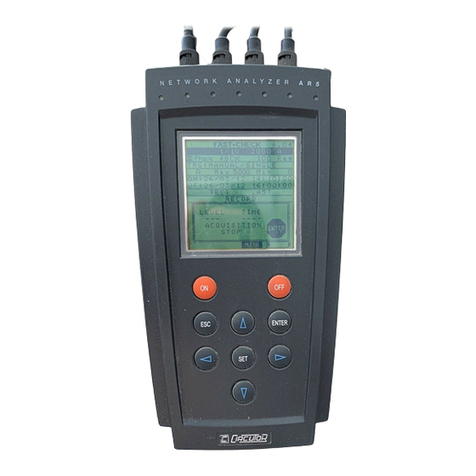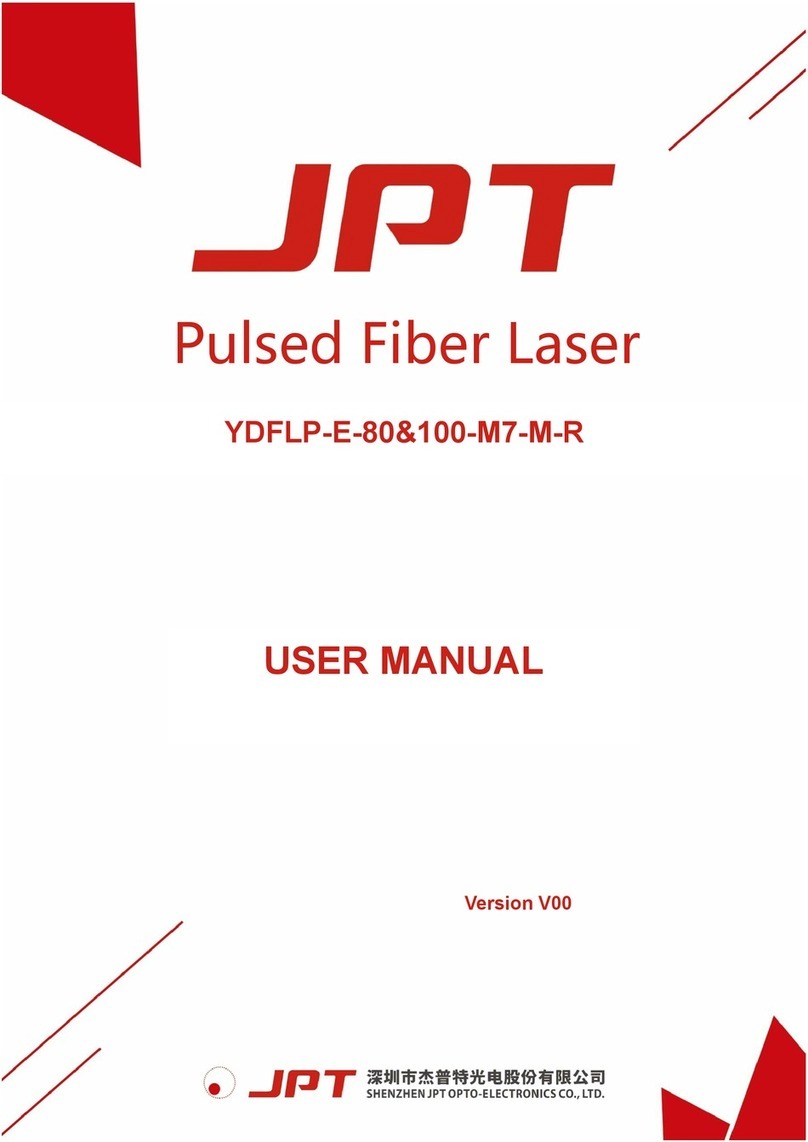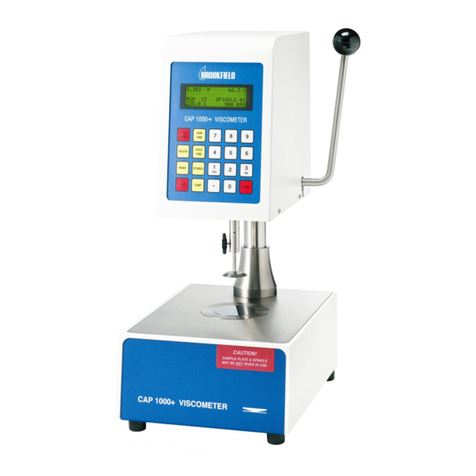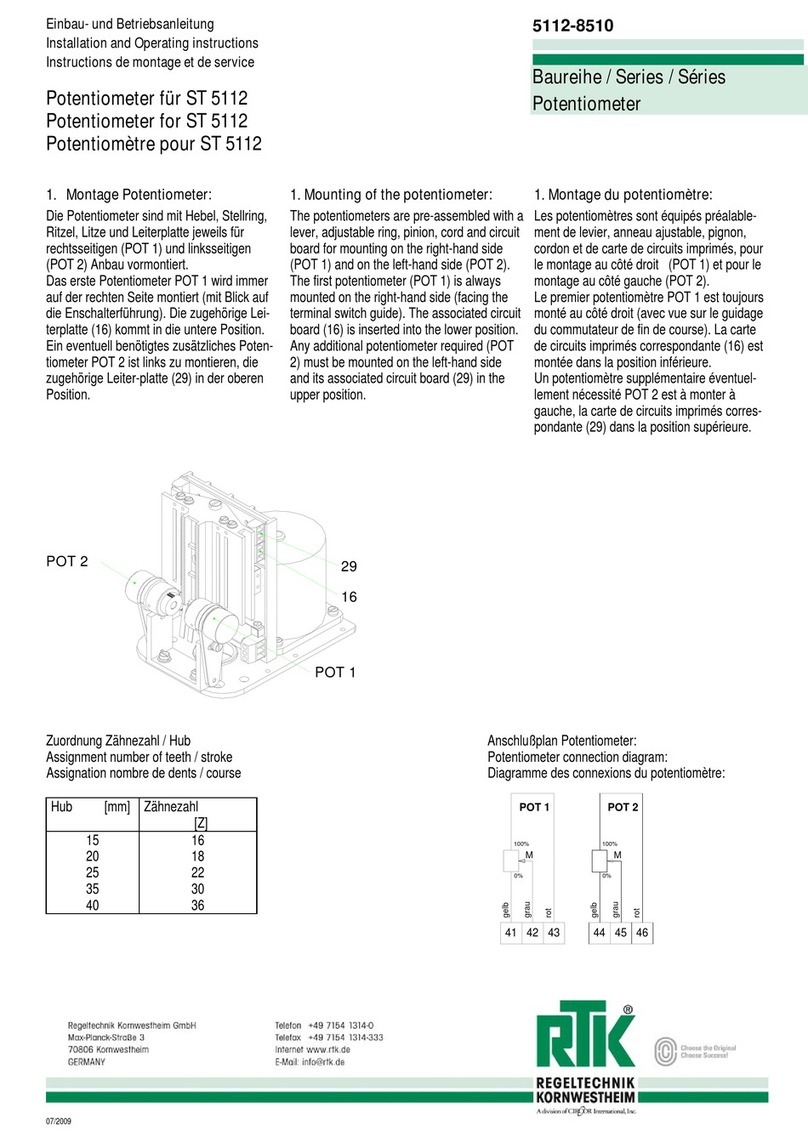C-lock GreenFeed User manual


Table of Contents
Introduction 4
Science and Mathematics of GreenFeed 4
GreenFeed Component Layout 8
Assembling GreenFeed 9
Setting Up GreenFeed 9
Selecting a Location for GreenFeed 9
Anchoring GreenFeed 10
Setting Up Alleyways 11
Protecting GreenFeed 12
Powering On GreenFeed 12
Powering Off GreenFeed 12
Control Feed Mobile App 13
Scanning for Systems 14
Controlling GreenFeed 14
Connecting GreenFeed to a Different WiFi Network 15
Calibrating GreenFeed 17
Standard Calibrations 17
CO2Recovery 18
Maintenance 19
Cleaning the Head Position Sensor 19
Replacing and Cleaning the Air Filter 20
Filling the Hopper Bin 21

1. Introduction
1.1. Science and Mathematics of GreenFeed
GreenFeed (TM, Patent Pending) is a system to monitor the metabolic gas composition of
animals in a cost-effective, non-intrusive way. Its design and measurement capabilities have
been initially tailored to the measurement of metabolic gases emitted from ruminants. The
system is optimized to quantitatively capture the breath of cattle and to analyze the emitted
gases for trace constituents, including methane (CH4), carbon dioxide (CO2), and
water-vapor.
GreenFeed is an important tool for research scientists as well as for those responsible for
the husbandry of animals, especially ruminants, because it provides new data that allows
scientists and producers to monitor trace gas emissions with a high time-resolution in
near-real time, remotely from a large number of individual animals in a cost-effective and
non-intrusive way. The trace gas composition and flux rates are important because they can
reflect changes in the animal’s physical and biological condition. This can lead to improved
animal health, higher feed efficiency, lower greenhouse gas (GHG) emissions, increased
production and lower costs to operators and to society.
The purpose is to attract animals to a specific location periodically throughout the day for at
least five minutes so that emitted gases can be measured at the location without interfering
with an animal’s normal routine. For this purpose, an automated feeder has been developed
which will attract the animals. While the animals are at the station, air is drawn past the
animal’s nose and into a collection pipe. The concentrations are analyzed in the pipe
second-by-second using a non-dispersive infrared analyzer. A flow meter is also used to
measure the pipe flow. In addition, a number of strategies have been implemented to
ensure that a uniform flow measurement and mixed sampling measurement are
obtained. Once the methane concentrations and air flow rates are known, it is possible to
calculate a mass emissions rate from the animal while it is visiting the feeder.
The mass flux of CH4and CO2is calculated by multiplying the measured increase in
concentrations from ambient levels related to the animal, by the measured airflow rate, and
then applying the ideal gas laws. Also, a “capture” rate adjustment factor, as discussed
below, is applied. The correct dimensional conversion factors are also used.

Where:
CR= Capture rate of emissions into collection pipe, determined using the tracer (%)
Δt= Time period over which emissions are measured (1 second)
CH4avg = Average concentrations during the measurement period (%)
CH4bkgrnd = Background concentrations of CH4(%)
Qair = Airflow rate during the measurement period (flow per unit time)
Fc= Dimensional factor
Once the volume of CH4is calculated, the number of CH4molecules per unit time can be
calculated using the ideal gas law. Then, the mass of CH4emitted per unit time can be
calculated by multiplying by the molecular weight of CH4.
With ever-changing wind currents and movement of the animal’s head, it is important to
collect additional data to characterize the “catch” rate of the animal’s breath that is pulled
into the feeder. To do this, multiple techniques have been implemented to help understand
the catch rates and mixing conditions inside the feeder, these techniques include:
- Incorporating a “head” position sensor inside the unit.
- Monitoring the wind speed and direction to ensure 100% capture of emissions
- Including wind-shielding “wings” on the GreenFeed that block wind currents
The aerodynamics of the feeder have also been designed to capture as much of the emitted
gas from the animal as possible under a wide range of environmental conditions. C-Lock has
found that even in 55 km/hour head-on winds, it is possible to capture approximately 70%
of the animal’s breath into the sample pipe.
Figure 1 includes a typical 20-minute snap shot of “Head/Nose Position”, “CH4”, and “CO2”
concentrations from a GreenFeed stand-alone feeder. This data represents a series of
different animals. In the data, it is possible to see each eructation event (typically every
30-45 seconds), the metabolic CO2rates, and CO2spike that is emitted with each associated
eructation.

Figure 1) Typical CH4and CO2Data Obtained from the GreenFeed System
As GreenFeed is used in the field, and data is collected, new potential uses of the data are
even still being discovered. For example, as highlighted in Figure 2, an animal enters the
feeder and does not immediately eructate. However, the concentration of methane
increases a small amount before an eructation occurs. We believe that this increase is
associated with methane expelled through the lungs, which is a normal part of the
physiological process in the animal. It therefore should be possible to estimate the ratio of
lung methane compared to eructated methane.
Once GreenFeed collects the data, the data is automatically processed and the results are
calculated for each animal. A daily report for the herd average and animal specific emissions
is emailed to the user. The user can access the controls for the feeder through a
user-friendly, secure, web-based interface.

Figure 2) Example Data from GreenFeed System, Methane Production, by Source
The GreenFeed system has also been designed so that each animal can be fed a specific
amount of food supplement in a specific time period. In addition, with multiple feeders,
specific animals could be allowed to eat at one feeder and others at a different feeder with
different feed types. Therefore, the animals can be treated differently, and the system is
very flexible for adapting to a specific research program.

1.2. GreenFeed Component Layout
Figure 3 shows the layout of GreenFeed, including the essential components. Note the path
of the animal’s emissions:
1) From the animal muzzle, the air is collected through the feeding dish up through the
primary air filter - where debris and large particles are removed
2) Next it is directed through the pipe past the air flow meter - this sensor is used to
measure the air velocity, represented as Qair in the equation from section 1.1
3) The air continues flowing upward through the fan, which introduces more eddie
currents to ensure a homogenous mixture of the gas.
4) The fan exhausts the air out the outlet, but before exiting, a subsample of the gas is
collected just before the air flow outlet.
5) The subsample is pumped from the fan exhaust down to the bottom of the system,
passing through a secondary filter to remove finer debris, then into the electronics
box, where the sample is processed for gas concentrations.
Figure 3) Sensors and Layout of Included Components in the Stand-Alone GreenFeed

1.3. Assembling GreenFeed
If you opted for a remote-assisted self-installation, then instructions for assembling
GreenFeed vary depending on the particular system type. For walk-through instructions for
your GreenFeed, please visit our playlists at https://videos.c-lockinc.com. There you will find
video playlists for assembling:
●GreenFeed Pasture Trailer Setup
●GreenFeed Free Stall Setup
These videos will walk you through assembling your system from first unpacking it, all the
way to initial power-on. For answers to specific questions, please contact
2. Setting Up GreenFeed
2.1. Selecting a Location for GreenFeed
Picking the location and layout for GreenFeed is crucial to collection valid measurements.
Some considerations include:
1) Ensuring enough airflow in the environment to prevent background gas concentrations
from building up. A closed barn is not an ideal location without ventilation.
2) Preventing animals from gathering around the system, which will also increase the
background concentrations.
3) Allowing only one animal to visit GreenFeed at a time. This requires the use of alleyways
to prevent multiple animals from fitting into the feed area at once.
4) Protecting the back of GreenFeed, as there is important calibration and electrical
equipment that must *not* be accessible by the animals.
5) Allowing enough space in front of GreenFeed to ensure that a ~2 meter alleyway way fit
comfortably in front, allowing a passageway for the animals to approach GreenFeed.
6) Ensuring there is enough space behind GreenFeed for a person to comfortably fit. Much
of the maintenance that must be done on a regular basis requires being behind
GreenFeed.
7) Using sturdy structures to anchor GreenFeed in place.
8) Free-stall GreenFeed setups require a standard AC power outlet (110V or 220V). Please
ensure you have a means of safely running power to the system.

In a common freestall scenario, dedicating one of the stalls would be adequate, as long as
there is ample space to put a 2 meter alleyway in the front.
Figure 4) Dimensions of GreenFeed
2.2. Anchoring GreenFeed
Once a location is selected, GreenFeed must be anchored into place. Some common
techniques include:
1) Using rebar or lead-anchors to secure it firmly to the ground.
2) Using alleyways, fencing, or walls in conjunction with chains or cables to secure the
system.
In a Pasture Trailer, the weight of the trailer will be enough to secure GreenFeed.

If your system included a freestall cart, each of the 4 feet include a hole drilled into them. In
addition, each corner has a metal loop. These are meant as a way to fasten the cart to the
ground with anchors, rebar, and/or chains. See Figure 5.
Figure 5) Free-Stall Cart Holes for Securing GreenFeed
2.3. Setting Up Alleyways
Alleyways are crucial for GreenFeed to ensure that only one animal can access the system at
a time. If multiple animals are present, the system cannot separate the emissions and
attribute them to each animal.
In addition to alleyways, a solid wall must be used to ensure other animals cannot breathe
into the system during a visit. Some examples of alleyway setups are shown below in Figures
6 and 7.

Figure 6) Alleyway Setups to Allow Only One Animal in GreenFeed at a Time
Figure 7) Alleyway setups to block other animals’ breath
(red lines represent a solid barrier)
2.4. Protecting GreenFeed
Although GreenFeed is built to withstand animal use, this only applies to the front of the
system. Animal access to the back of the system must be prevented. In most free-stall
scenarios, this requires a sturdy barrier around the back of the system, preventing the
animals from reaching and accessing the equipment (including cables and tubing). When

designing the back barrier, please remember that a person must access the back for
maintenance and cleaning.
2.5. Powering On GreenFeed
Once the system is in place and secure, powering on the system is simple.
●For freestall and tie-stall systems, simply plug in the power cord to a standard AC
outlet (110V ~ 220V, 50 ~ 60Hz). Ensure your power cable is routed in a way that
prevents animals from accessing it.
●For pasture trailer systems, the power switch is located in the battery box. See the
GreenFeed Pasture Trailer Setup playlist - Trailer Walk Around video for instructions
(https://videos.c-lockinc.com)
Once the system is powered on, please allow at least 30 minutes for the concentrations to
“warm up” and equilibrate. Calibrations, CO2Recoveries, and animal measurements done
before the 30 minute warm-up time may not be valid.
2.6. Powering Off GreenFeed
To power off the system, please follow the steps in Section 3.2 part 6b (turn the system off).
Once the system is commanded to shut off, please wait 30 seconds before unplugging the
power. This will allow enough time for GreenFeed to save its data and full power down.

3. Control Feed Mobile App
Although GreenFeed is an online measurement system, most common tasks can be
performed from the feeder itself using the Control Feed mobile app.
Control Feed can be downloaded from the Google Play Store or Apple App Store. To install,
search for Control Feed in your respective app store, or scan the QR code below.
Apple App Store Google Play Store
https://apps.apple.com/us/app/control-feed/id1524038899
https://play.google.com/store/apps/details?id=com.controlfeed
Please note, the Control Feed app will only work within 20 meters of a GreenFeed system. It
is not guaranteed that feeders farther than 20 meters will respond correctly.

3.1. Scanning for Systems
1. Begin by pressing “Start Scanning for Systems”.
2. A list of nearby devices will appear on the screen. See Figure 8.
3. Press the system you wish to control.
4. A side-box will appear while it attempts to connect to the system.
Figure 8) Scanning and Connecting to a System using Control Feed
3.2. Controlling GreenFeed
Once connected to a GreenFeed system, you will be able to perform the following tasks:
1) View real-time sensor values of the machine
2) Turn on and off the fan and sample pump
3) Dispense feed from the hopper
4) Trigger an auto-calibration
5) View the status of a in-progress CO2Recovery
6) Perform other actions such as:
a) Put the system to sleep/Wake it back up
b) Power off the system
c) Turn on and off the dome light
d) Sound the chime
7) Plot real-time sensor values

Figure 9) Viewing and Controlling a GreenFeed System from Control Feed
3.3. Connecting GreenFeed to a Different WiFi Network
To change the WiFi network that GreenFeed connects to:
1. Tap “WiFi Settings”
2. Tap the button with the WiFi network you wish GreenFeed to use
3. In the box that appears, select WPA2
●If the network is an open network (no password), select None
4. Enter the password for the network under “Password” (if applicable).
5. Tap Add. The system will immediately reboot and connect to the new network.
●When the reboot occurs, Control Feed may state that it has unexpectedly
disconnected. If this happens, wait ~2 minutes and reconnect.

Figure 10) Control Feed WiFi Configuration

4. Calibrating GreenFeed
4.1. Standard Calibrations
Standard calibrations are used to ensure that the reported concentration of GreenFeed gas
sensors are correct. This is done by running two separate and distinct known gas
concentrations into the system one at a time. The first gas run is usually referred to as the
“Zero” gas. This gas will typically consist of the following constituent concentrations:
1) Oxygen (O2): ~20% (200,000ppm)
2) Nitrogen (N2) Balanced - which means the rest of the gas consists of nitrogen
The second gas is commonly referred to as the “Span” gas. This gas must consist of a known
concentration of all gases intended to measure with GreenFeed. This will typically consist of
the following constituent concentrations:
1) Oxygen (O2): ~20.5% (205,000ppm) - Note that this must be a different
concentration from the zero gas
2) Methane (CH4): ~500ppm (0.05%)
3) Carbon Dioxide (CO2): ~5000ppm (0.5%)
4) Hydrogen (H2): ~10ppm
5) Nitrogen (N2) Balanced
It is important to note that the gas concentrations are not required to be exactly these
values, but if ordering your own gases, these concentrations are ideal.
Standard Calibrations are done automatically by GreenFeed, but ensuring the gas tanks are
installed correctly without leaks is crucial to performing a valid standard calibration. For
assistance with ensuring your gas tanks are properly installed without leaks, please contact

Figure 11 shows a typical gas response from a Standard Calibration. The zero gas is first run
for 60 seconds, then the span gas is run for 60 seconds. When run regularly, these responses
are enough to calibrate and ensure precision of the gas concentration sensors.
Figure 11) CO2and CH4Response to a Standard Calibration
4.2. CO2Recovery
CO2Recoveries are used to verify that the whole system is working properly. It also serves as
a calibration of the air flow meter.
The process involves releasing a measured amount of CO2into the system, then comparing
that known amount to GreenFeed’s calculated value.
For an in-depth demonstration of performing a CO2recovery, please refer to our
Maintenance playlist - Performing a CO2Recovery video (https://videos.c-lockinc.com)
Written instructions can be downloaded from: https://docs.c-lockinc.com.

5. Maintenance
5.1. Cleaning the Head Position Sensor
The head position sensor is located directly above the edge of the feed dish. From time to
time, this sensor will become dirty due to animals and debris. It is important to keep the
lenses clean on this sensor. Use a dry cotton swab to remove any debris from the two
lenses. If a dry cotton swab cannot remove all the debris, use a lightly wetted cotton swab. It
is recommended to clean this sensor once per week.
Figure 12) Location of the Head Proximity Sensor
Other manuals for GreenFeed
1
Table of contents
Other C-lock Measuring Instrument manuals
Popular Measuring Instrument manuals by other brands
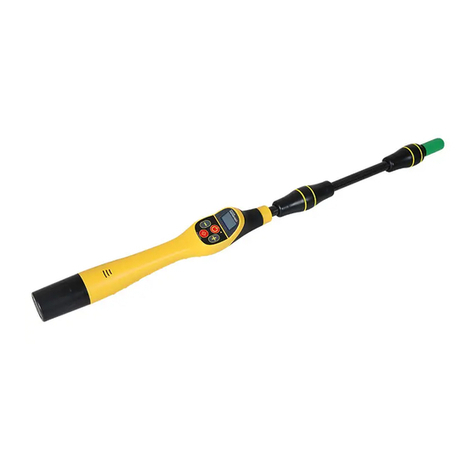
Vivax Metrotech
Vivax Metrotech VM-540 user guide
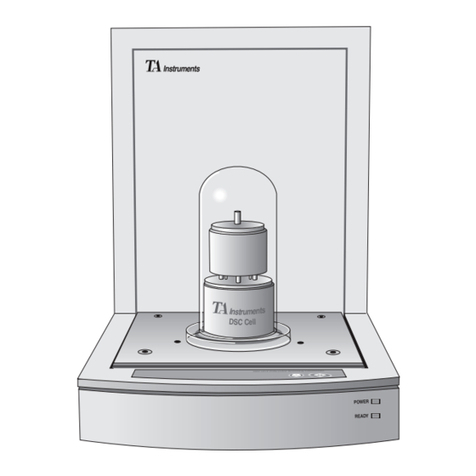
WATERS CORPORATION
WATERS CORPORATION TA Instruments DSC 2010 Operator's manual
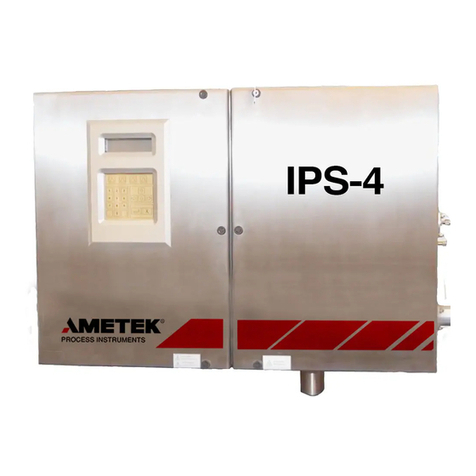
Ametek
Ametek Western Research IPS-4 user manual
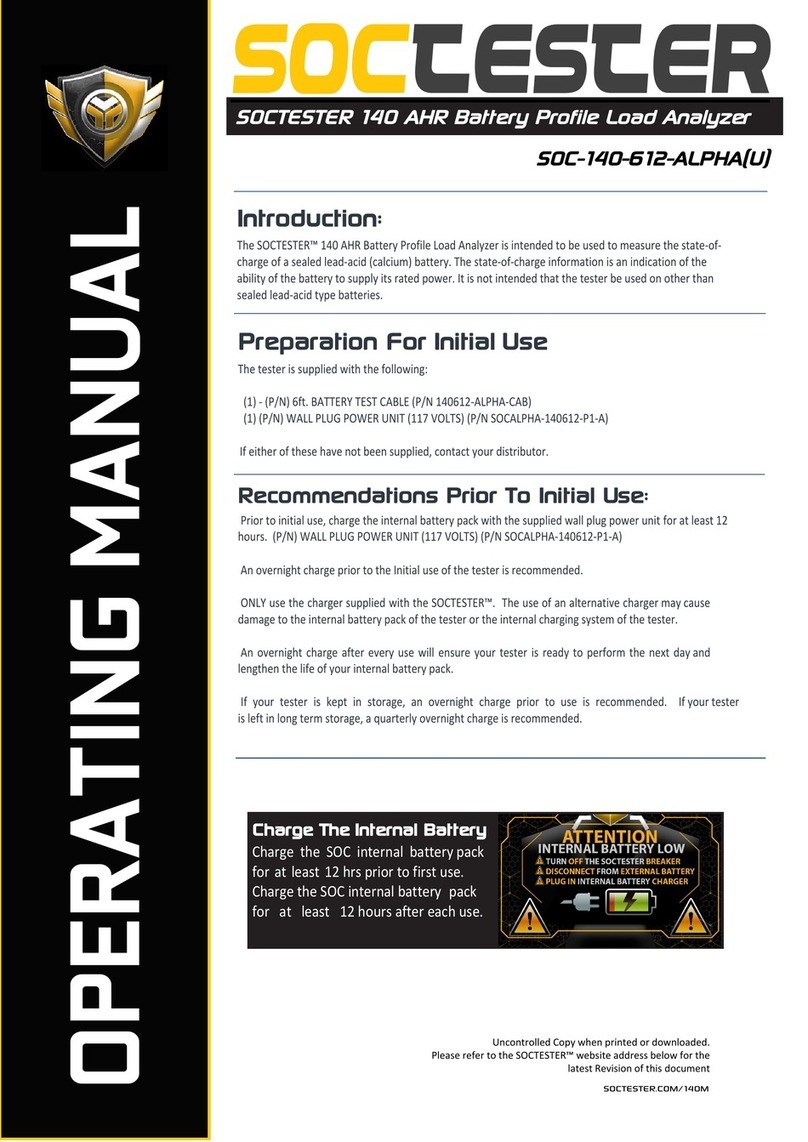
SOCTESTER
SOCTESTER ALPHA Series operating manual

Leister
Leister EXAMO 300F USB operating instructions

ZIEHL
ZIEHL MINIPAN 300 operating manual

